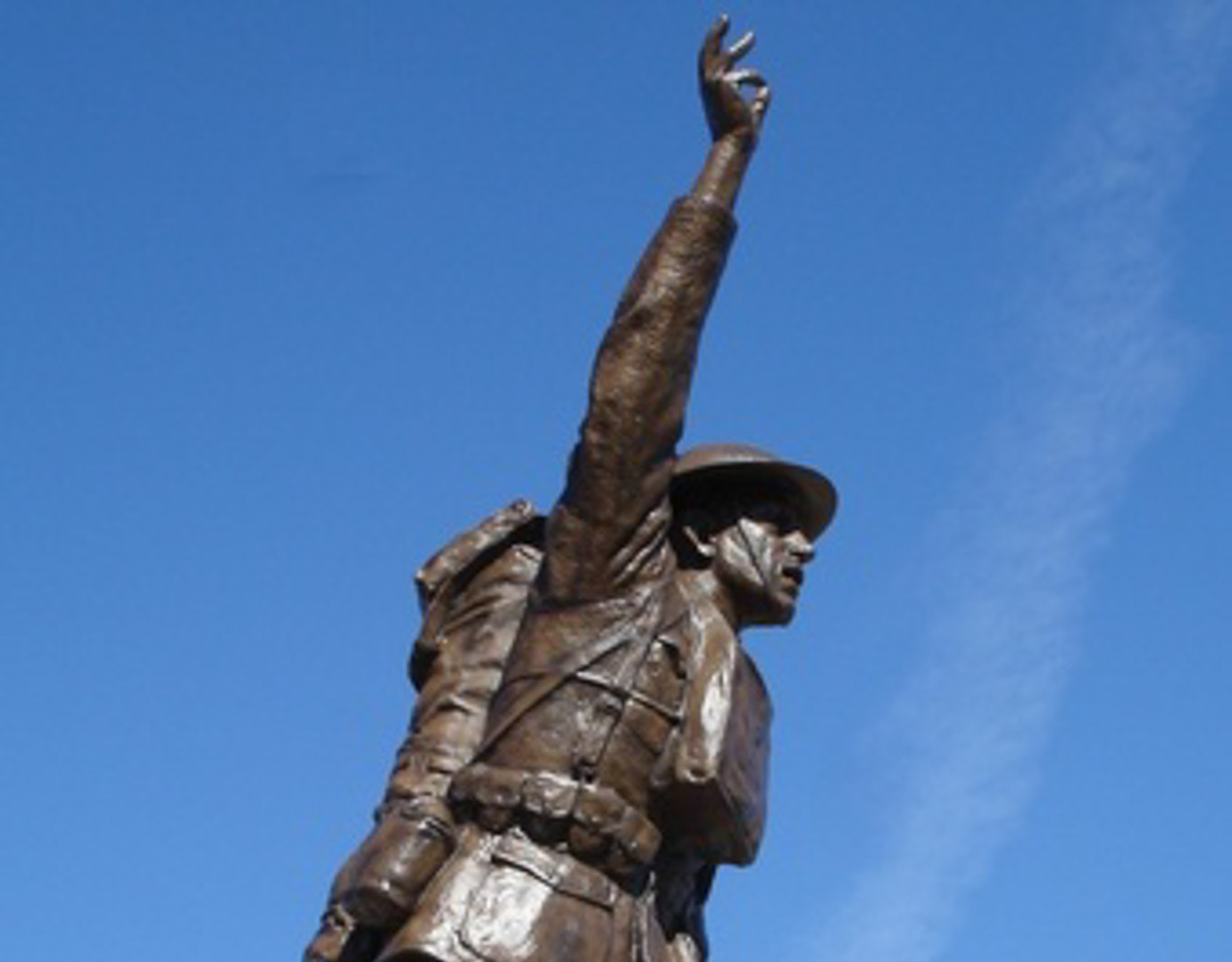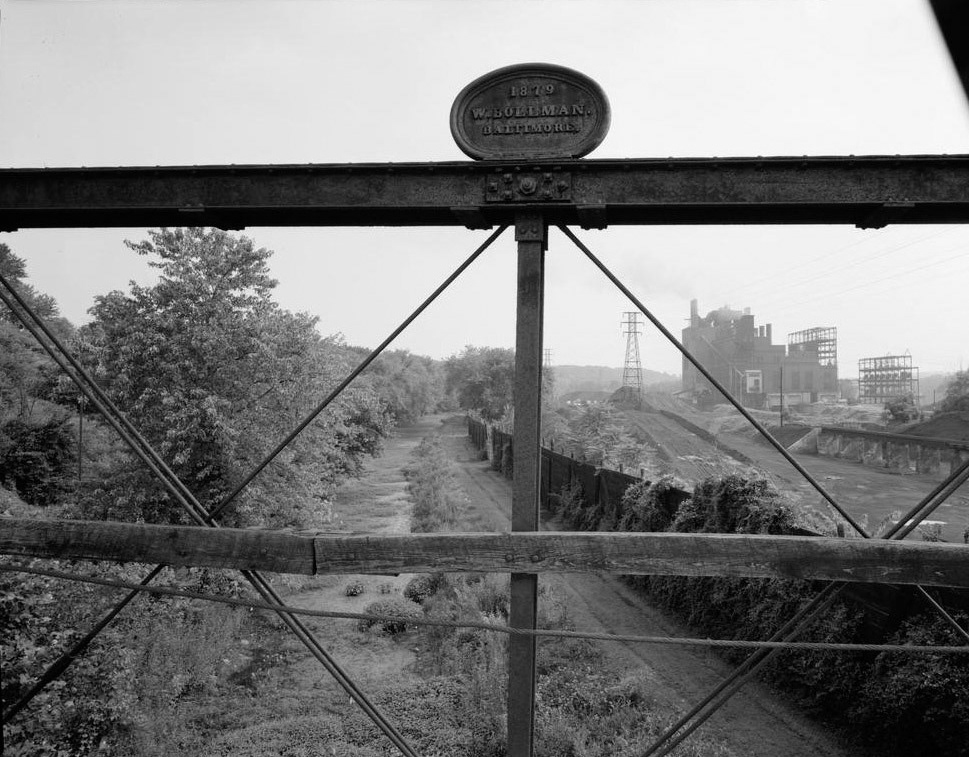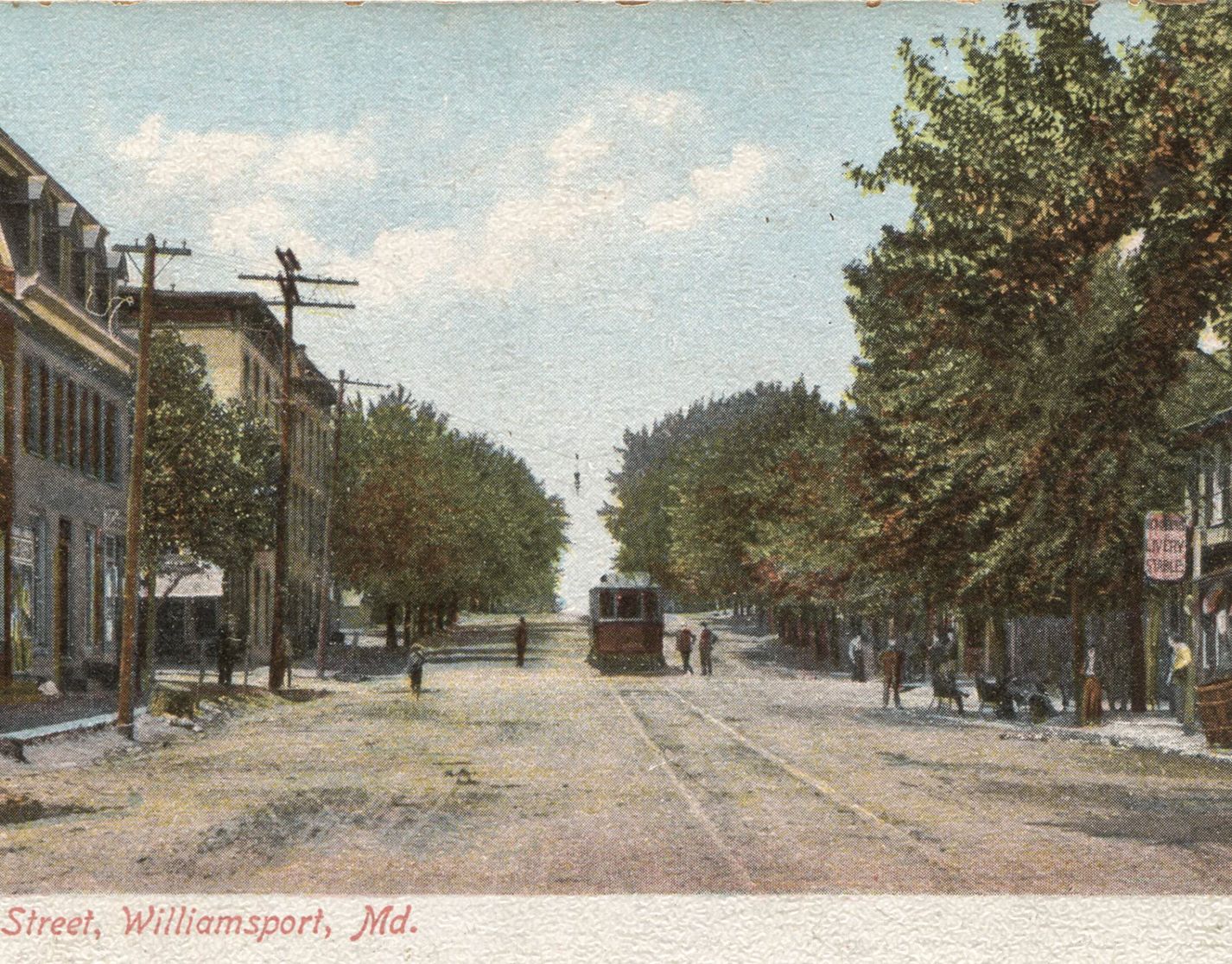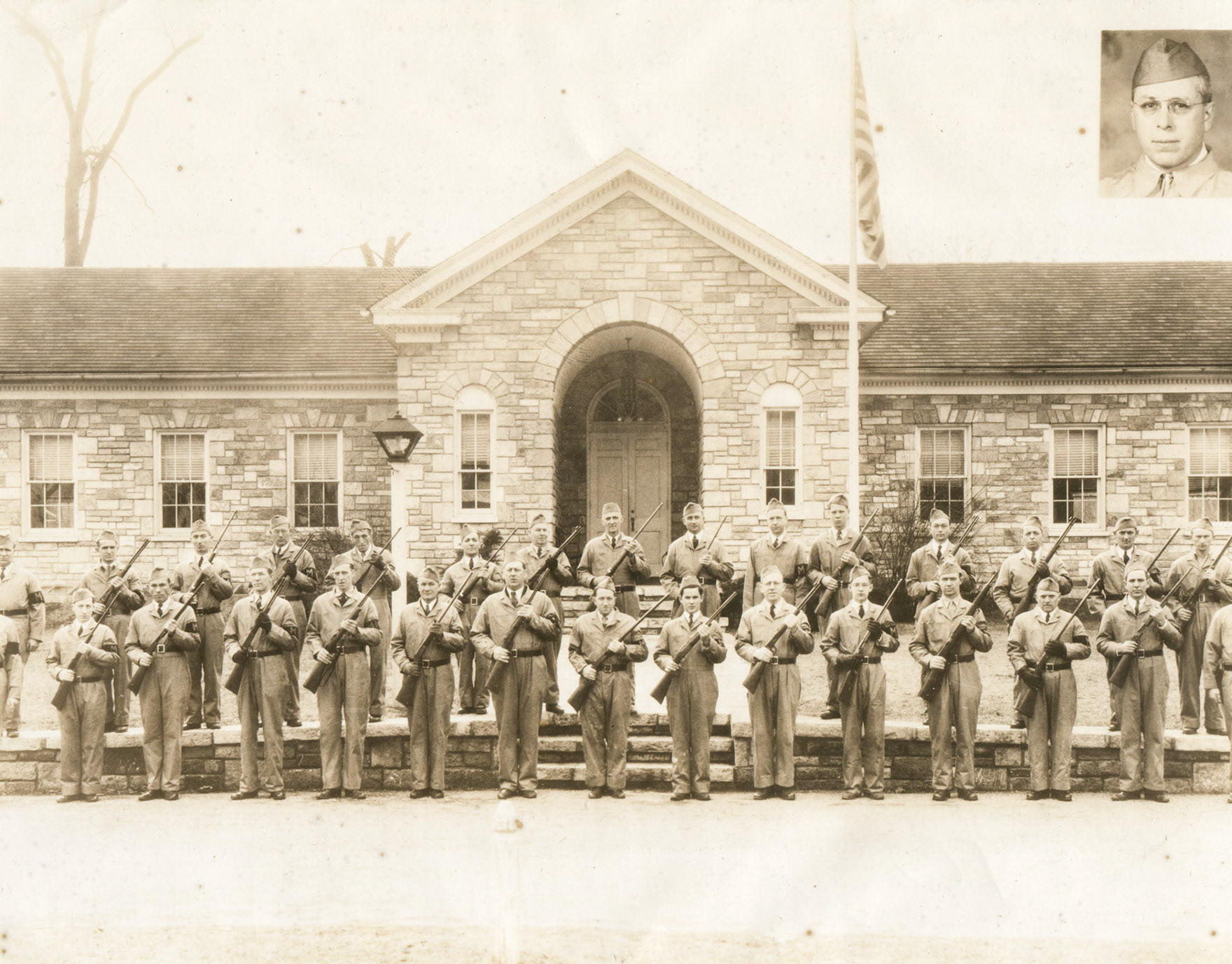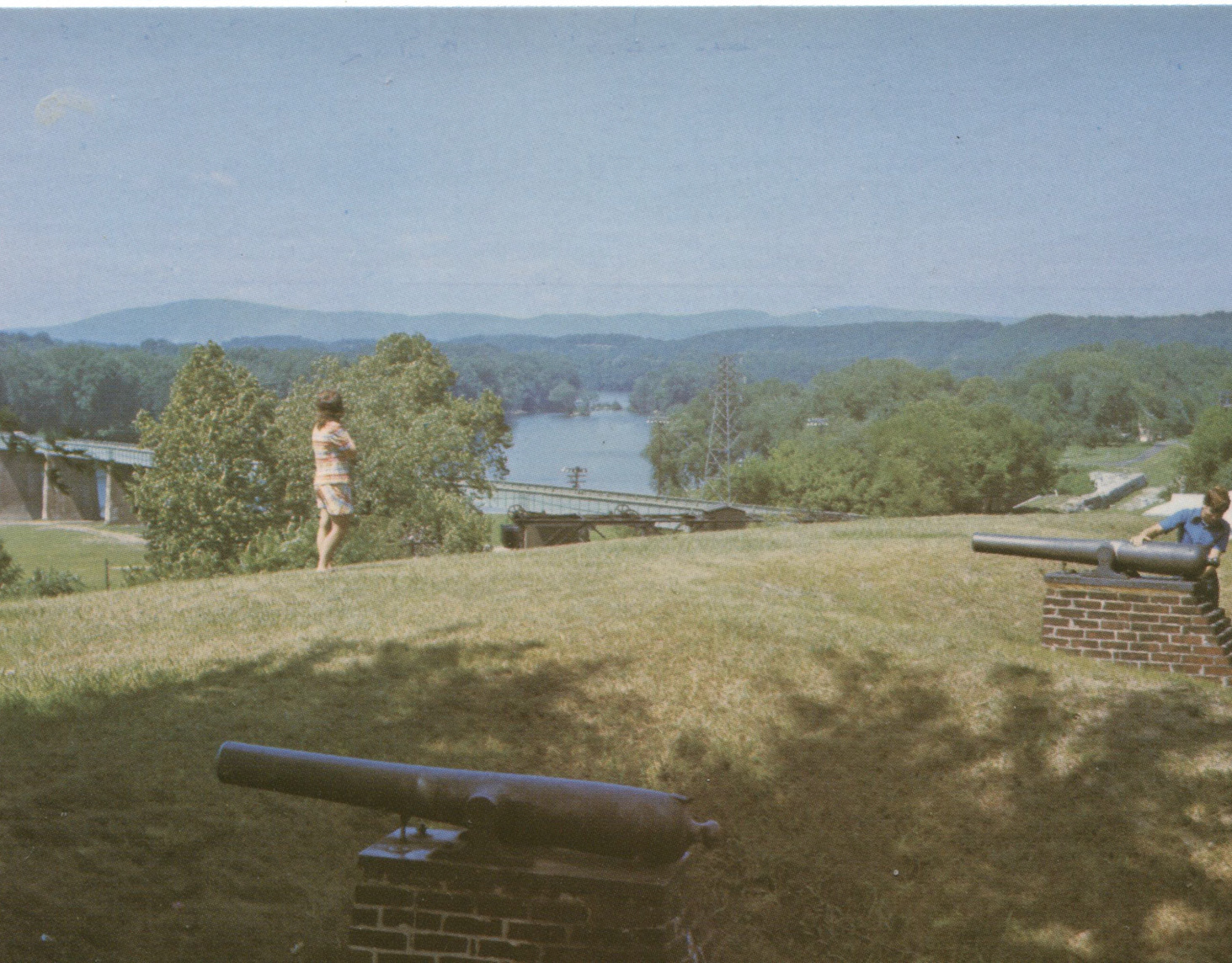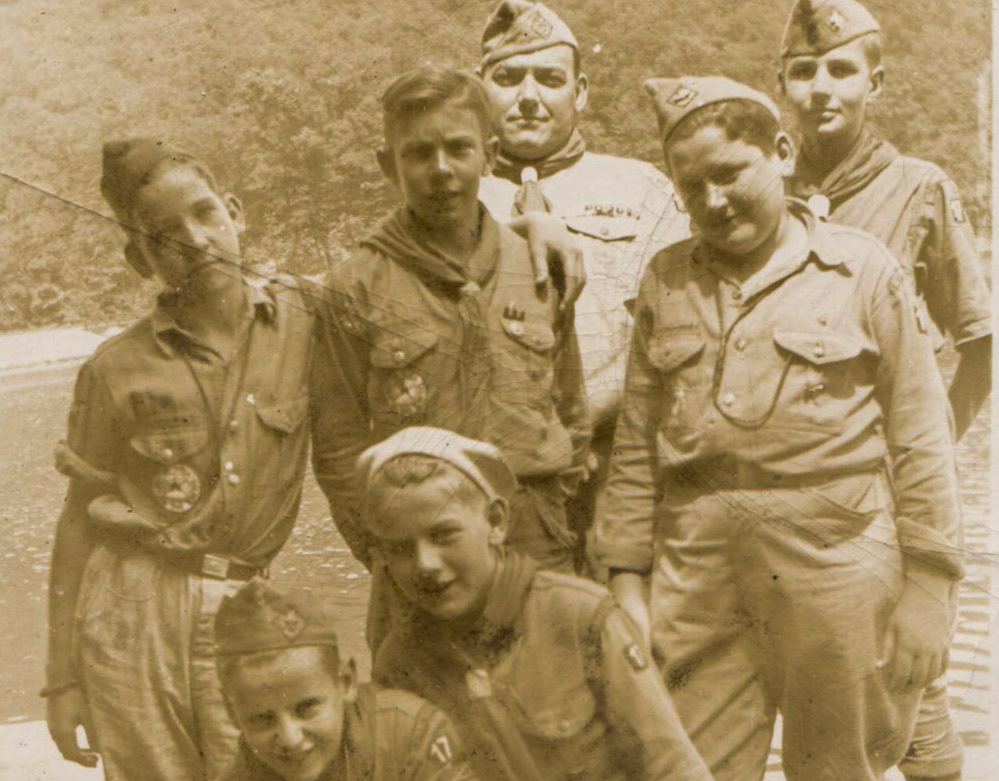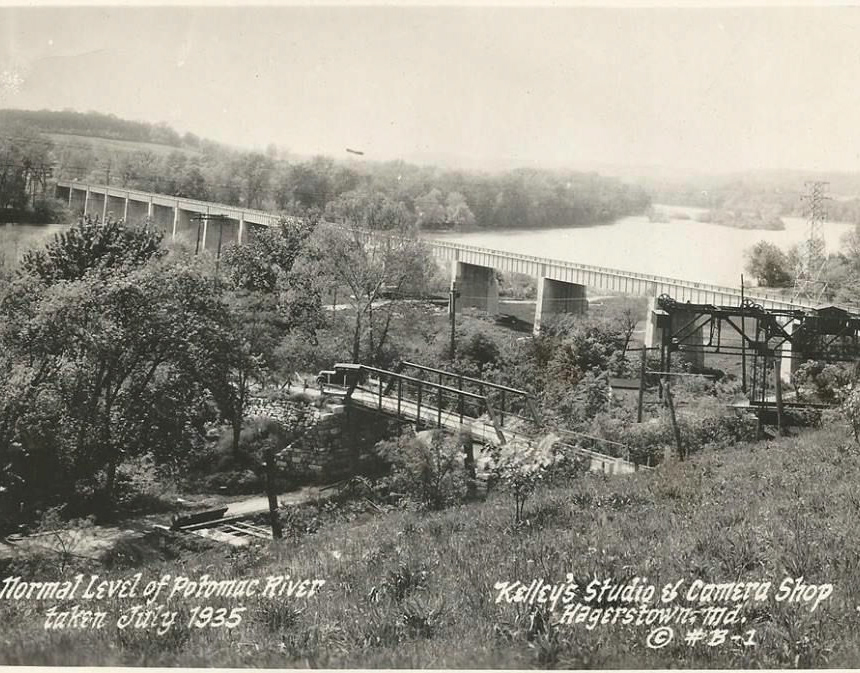The Williamsport History Museum is open Tuesday and Thursday from 11 am until 3 pm
closed major holidays or very special occasions.
In the spring of 2020, the Williamsport Town Council voted to move the town museum from the Springfield Barn to the Tenant House next to the barn. Hundreds of volunteer hours were used to showcase the many artifacts, photographs, and memorabilia collected over the years.
The earliest part of the tenant house at Springfield Farm is a late 18th century-early clapboard encased two-story log structure. In the mid-19th century, a large clapboard addition was added.
The manor house at Springfield farm was built about 1757 by the Ross brothers, who sold it to General Otho Holland Williams in 1786. The farm remained in William's family until 1864 when it was sold to the Humrickhouse family. The tenant house was built as a home for the tenant farmers who worked the farm for the owners.
Today, the restored structure houses the Williamsport History Museum.
The Hoffman family worked Springfield Farm until about 1918.
The gallery in the Williamsport History Museum houses many fine oil paintings and watercolors of Williamsport and the surrounding area.
On loan from the Washington County Historical Society of Hagerstown, is this outstanding Garnet Jex oil on canvas of Lock #44 at Williamsport.
Garnet Wolesey Jex (1895-1979) was an American artist and historian. Jex was highly renowned for his landscape paintings of the Potomac River and the C & O Canal. Jex's works remain as a visual record of the once commercially important C&O Canal. Many of Jex’s works are held in private collections, others can be found on public display at the Smithsonian American Art Museum and at Harpers Ferry National Historical Park.
The Williamsport History Museum has an outstanding collection of Canal boat models. Each boat is a meticulously hand-crafted example of the different types of canal boats that once worked on the C&O Canal.
A rare original 1767 lease signed by Brigadier General Otho Holland Williams.
The first lots in William's new town of Williams-Port were offered in a lottery. On display is the only known surviving lottery ticket purchased by John Rap.
Williamsport has a great history of musical talent. Visit our small, but mighty, original memorabilia.
The Pythian Castle on Conococheague Street in downtown Williamsport is one of the most iconic structures in town. Designed by architect Harry Yessler, the castle was built in 1908 for the fraternal organization of the Knights of Pythias. The second floor of the castle hosted one of the first "moving pictures" shows in the county. This rare movie projector used in the castle was cranked by hand in the darkened, smokey auditorium beginning in about 1910.
Brigadier General Otho Holland Williams (1749-1794) was raised in his father's tavern at the mouth of the Conococheague Creek. After outstanding service in the Revolutionary War, he served as Port Collector in Baltimore where he lived. In 1785-86 he purchased all the property at the mouth of the Conococheague Creek and created a new town called William's-Port. The town was an important trading port on the Potomac River serving George Washington's newly formed Potomac Company that boated commodities from the west to the ports at George Town.
Williams owned Springfield Farm but never returned to live there. After his death in 1794, the farm was inherited by his son General Edward Greene William who made the farm his home in 1810. Edward is credited with having added the two wings to the house. Today, the manor house is privately owned. The barn and tenant house were acquired by the town of Williamsport and used for civic activities.



